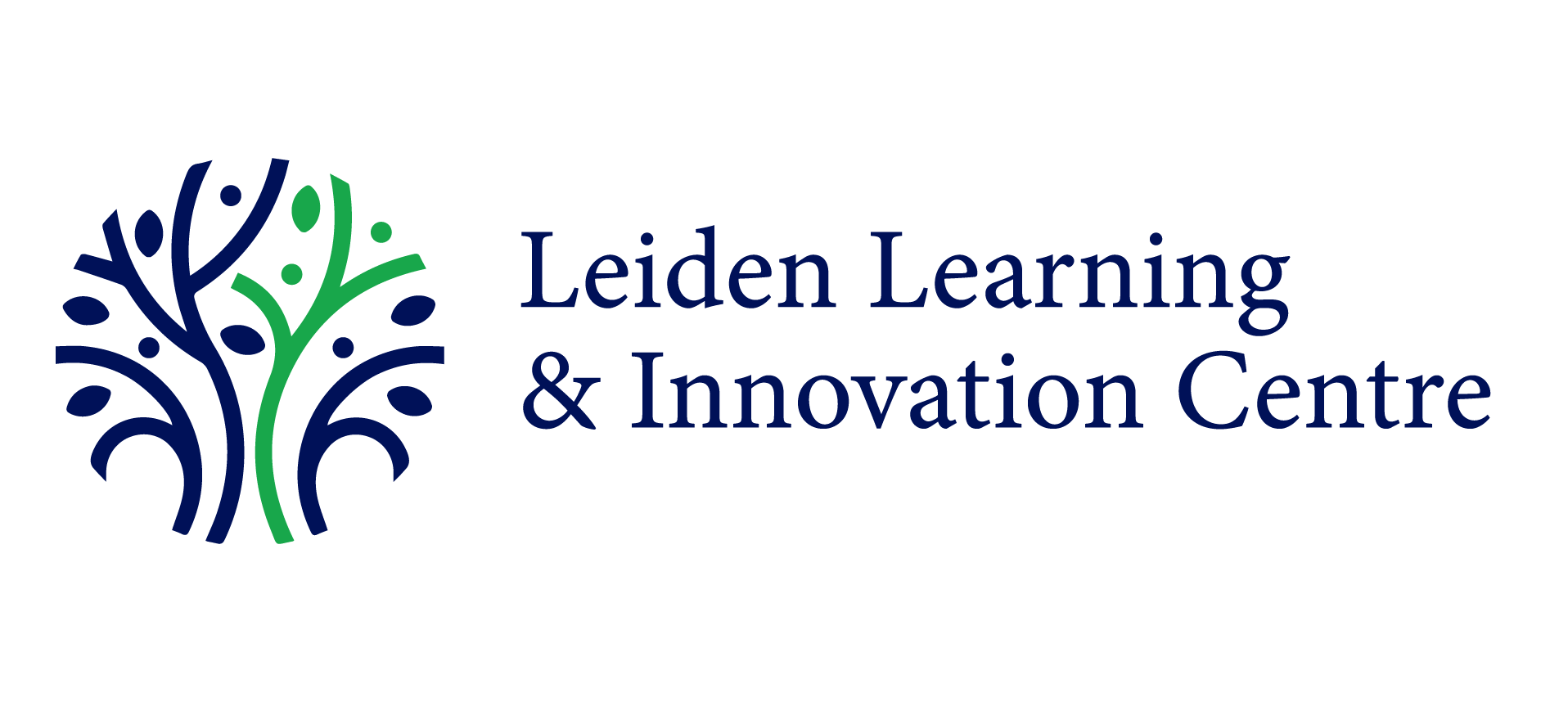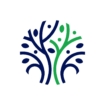How Documentaries are Shaping the Futures of Healthcare Professionals
What does a paediatrician do all day? How is the work life balance of a general practitioner? What does the relationship between a clinical geneticist and their patients look like? These and other questions are addressed in a series of short documentary films created by LLInC in collaboration with the LUMC. Focalising medical professionals in under-exposed professions, these documentaries aim to provide aspiring medical students with a better idea of their potential career trajectory, allowing them to experience a day in the life of the medical professional they might one day become.
Helping students make informed career decisions
This project is part of a Comenius Teaching Fellowship awarded to Alexander Sramek (radiologist at LUMC) for a project titled Senior Fellowship Project: Preparing for the job market (of the future). The documentary films provided by LLInC are part of this bigger project, seeking to create a ‘digital internship’.
Currently, the healthcare sector is faced with a shortage of doctors working outside of hospitals – an issue owed not only to a lack of available internships, but also to a lack of attention provided to certain medical professions within the educational system. Through this project, students can experience a day in the life of multiple professions. With internships or residencies, this experience would be limited to one aspect of the medical profession alone.
Our contribution
LLInC’s involvement in the project is focused mainly on capturing the day-to-day routines of various medical professionals, offering a glimpse into their real-world experiences.
Until now, three documentary films have been produced, portraying a youth doctor, a clinical geneticist, and a general practitioner. A small crew consisting of a cameraman and director observes and records everyday interactions, such as meetings with colleagues and patients. The intention is not only to capture medical procedures or diagnoses, but also to give an authentic and nuanced, though not always glamorous, glimpse into the realities of working in a healthcare profession.
Much of the work involved in making a documentary such as this is comprised of planning and preparing the recording day. We like to meet with our principal healthcare professionals involved some weeks before the day of the shoot to draft a storyboard. The storyboard should be seen more as a guide and less as a working document. Together with those featured in the documentary, we decide which locations and interactions will be captured throughout the day. It is important to also leave space for unplanned events and interactions, since these are what make the documentary more authentic.
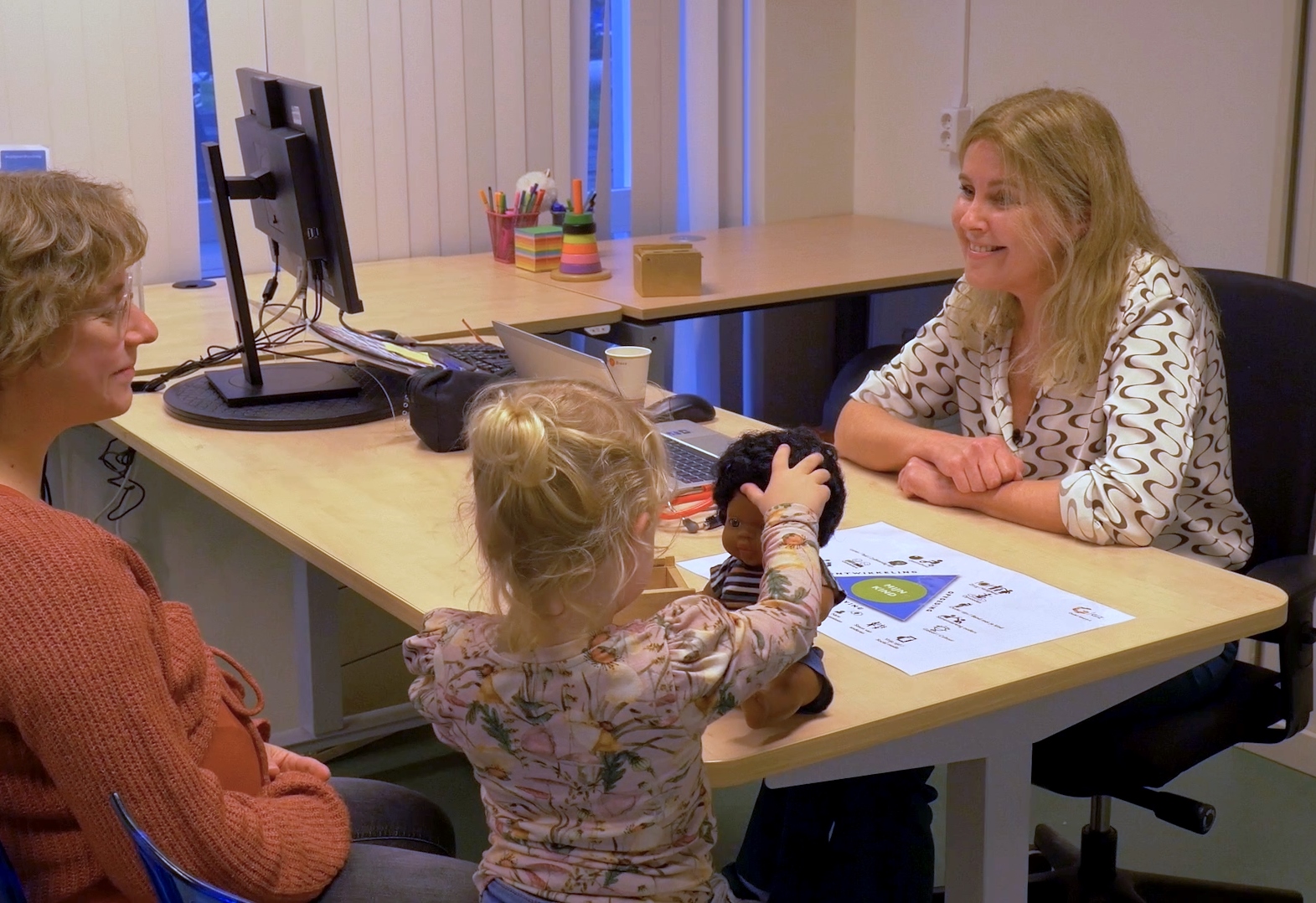 Youth doctor Petra welcomes a young girl for an eye check-up
Youth doctor Petra welcomes a young girl for an eye check-upOverall, students reacted very positively when viewing the films during the educational week in March. We talked to a few students, who said:
“I think I learned the most this week from the videos about the three specialisations. By being able to observe someone’s day, you get a very realistic idea of how work in a certain specialisation is carried out.”
“At first, I wasn’t very interested in it, but after watching the video about a day in the life of a youth health physician, I became really enthusiastic.”
“I found it very interesting to watch the videos about the different doctors because I had never seen it presented in such a beautiful and personal way.”
Although the students were not shadowing these roles in person, the films were evidently able to give them a more personal impression of their possible future, helping them to make a more educated choice.
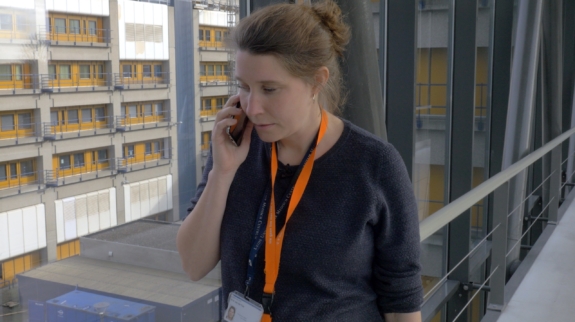
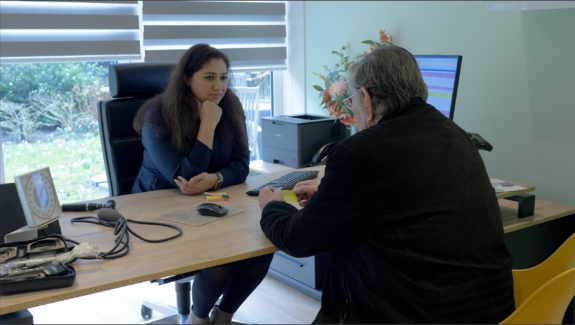
Left: Clinical geneticist Karin provides an ad-hoc consultation regarding a heart defect in a newborn
Right: General practitioner Maryam listens to Cor as he talks about the memorial he is organizing for his late wife
We’ve been very proud to be a part of this project, which aims to make a significant impact on medical students’ choices and subsequent careers. As we go forward, we remain open to further opportunities to use documentary as a way to make research more tangible, bridging the gap between education and the professional realm. Such a format works especially well in cases where research is performed in a manner that can be visualised.
If you would like to collaborate with us on such a project of you have other questions, please don’t hesitate to contact us at hello@llinc.leidenuniv.nl!
All image credit goes to Sebas Muñoz.
